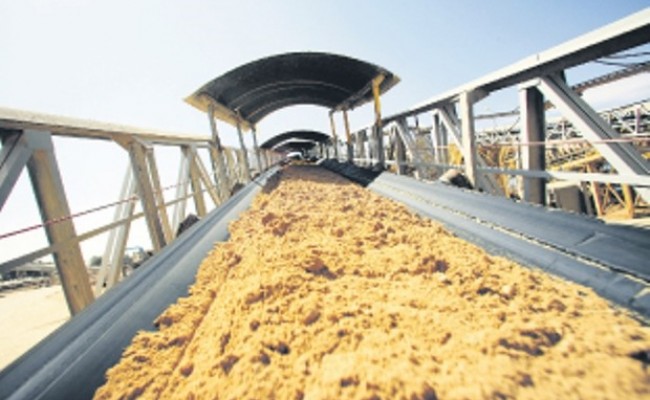Morocco is the world’s leading exporter of phosphate rock and the Sahara Wind Power project could provide the North African country with an even more powerful place in the phosphate industry. According to a paper written by Khalid Benhamou, the managing director of the Sahara wind project, for the Washington-based Institute for the Analysis of Global Security (IAGS), it was while he was supervising development of a farm on Morocco’s Atlantic coast that he realized the immense strength of the winds. He explained in his paper that three rows of windbreaks had to be built to protect the greenhouses from being damaged. Then a demonstration wind power unit was constructed with the aim to sell some of the electricity, produced for as little as 3c per kilowatt-hour, to the European grid. Morocco’s capacity is projected to soar from the current 380 megawatts of wind power generating capacity to 2GW capacity by 2020.
It’s a full circle for the trade winds and Morocco’s phosphate. Mr Benhamou’s article explains that the trade winds have shaped the Atlantic coast’s currents for millions of years. As dead animals and organic debris drifted towards the Moroccan coast and were locked in deep inside the Atlas Mountains stretching across the country’s northwestern regions, he writes, “their accumulation resulted in today’s deposit of 75% of the world’s known phosphate reserves.” Mr Benhamous argues that the production of fertilizers and their processing into higher value-added derivatives (namely phosphoric acid and ammonia) “provides an unprecedented opportunity to take advantage of the trade winds.”
The use of a strong acid (nitric, sulphuric or hydrochloric) in the wet process preparation of phosphates will, as the article proposes, present new synergetic processing opportunities in the upgrading of phosphates into phosphoric acid derivates. As fertilizer represents the main end-user for ammonia, developing cost-effective way to generate hydrogen is of a critical importance. While Morocco supplies 20 percent of the global phosphate fertilizer market, it also needs to import huge amounts of ammonia (a compound of nitrogen and hydrogen) to support this fertilizer production, whereby most of the 140 million tons of the hydrogen needed as feedstock comes from fossil fuels. Mr Benhamous’ study argues that producing hydrogen from wind-electrolysis would be a step in the right direction – wind turbines would produce much-needed electricity and the green hydrogen could be transformed into ammonia, gradually replacing fossil-fuel based ammonia for use in the process of upgrading of phosphates into phosphoric acid derivates. Last but not the least, the increased electricity production could not only decrease the Morocco’s dependence on the European grid (the country reportedly imports 20 percent of its energy consumption from Spain), but also contribute to the development of other synthetic processes.




